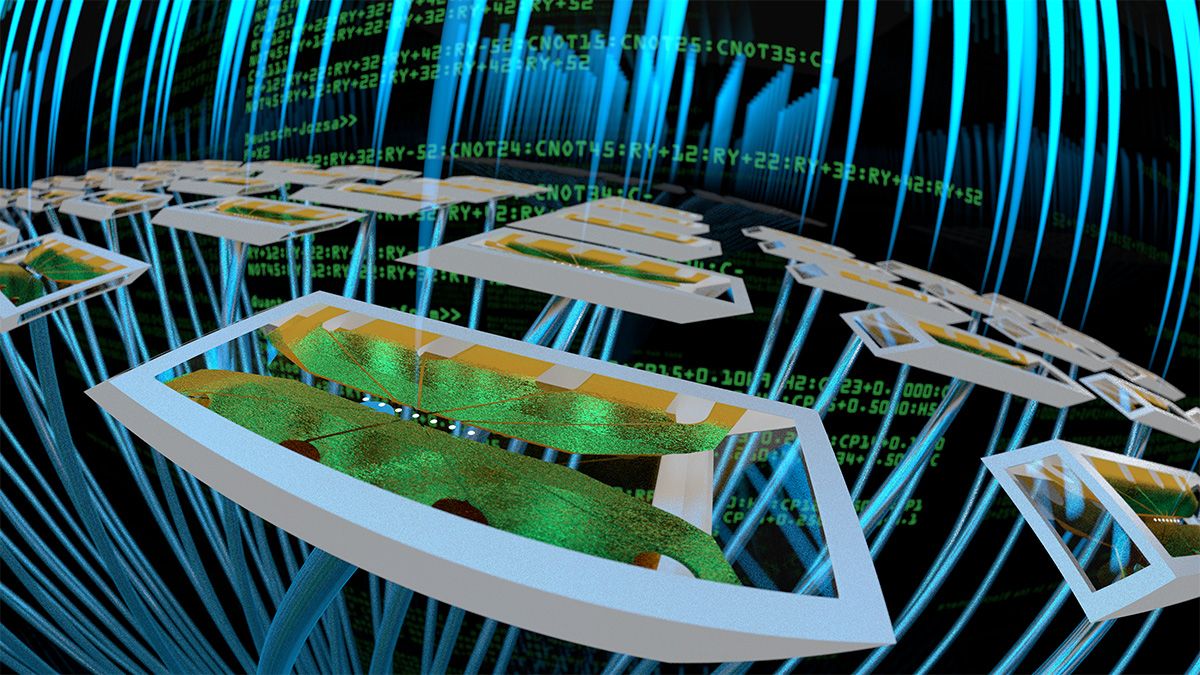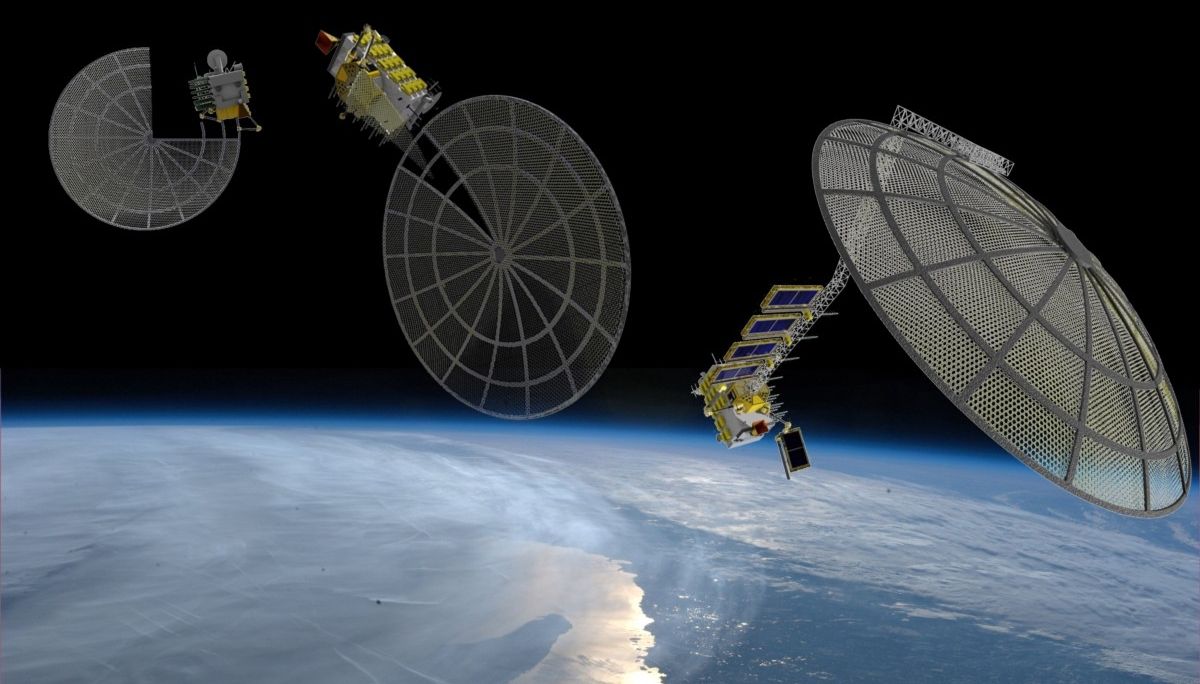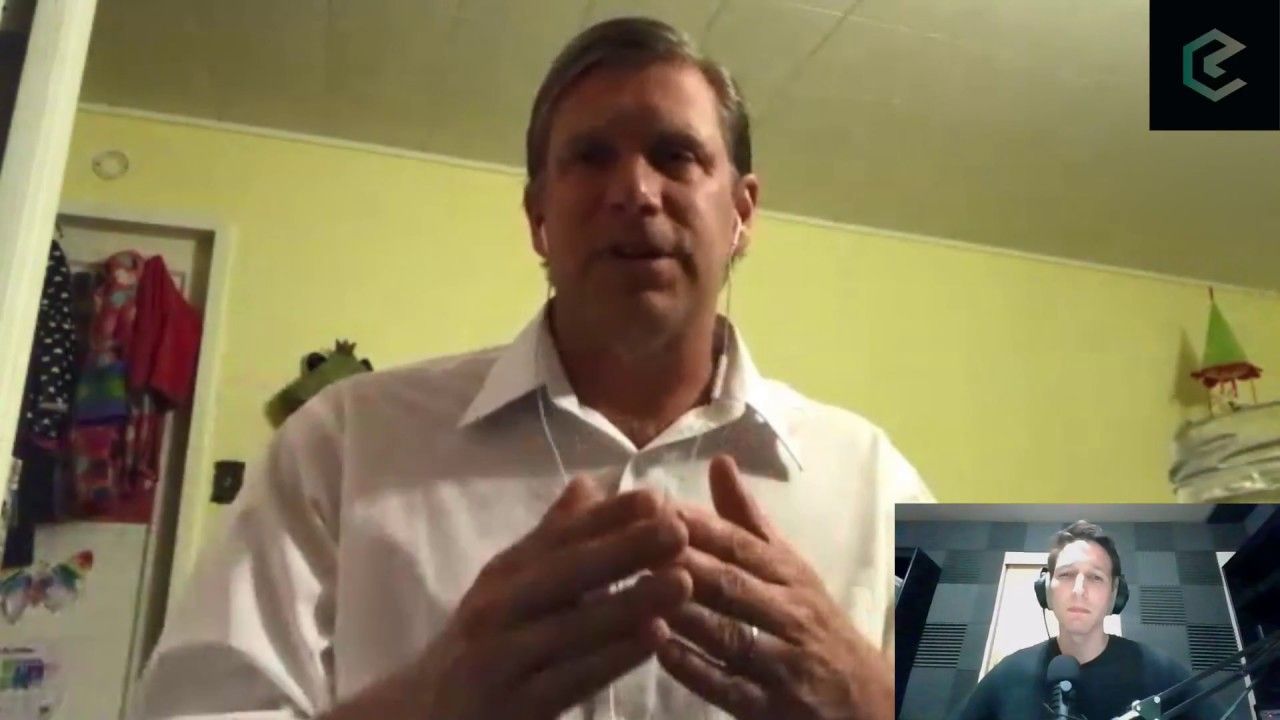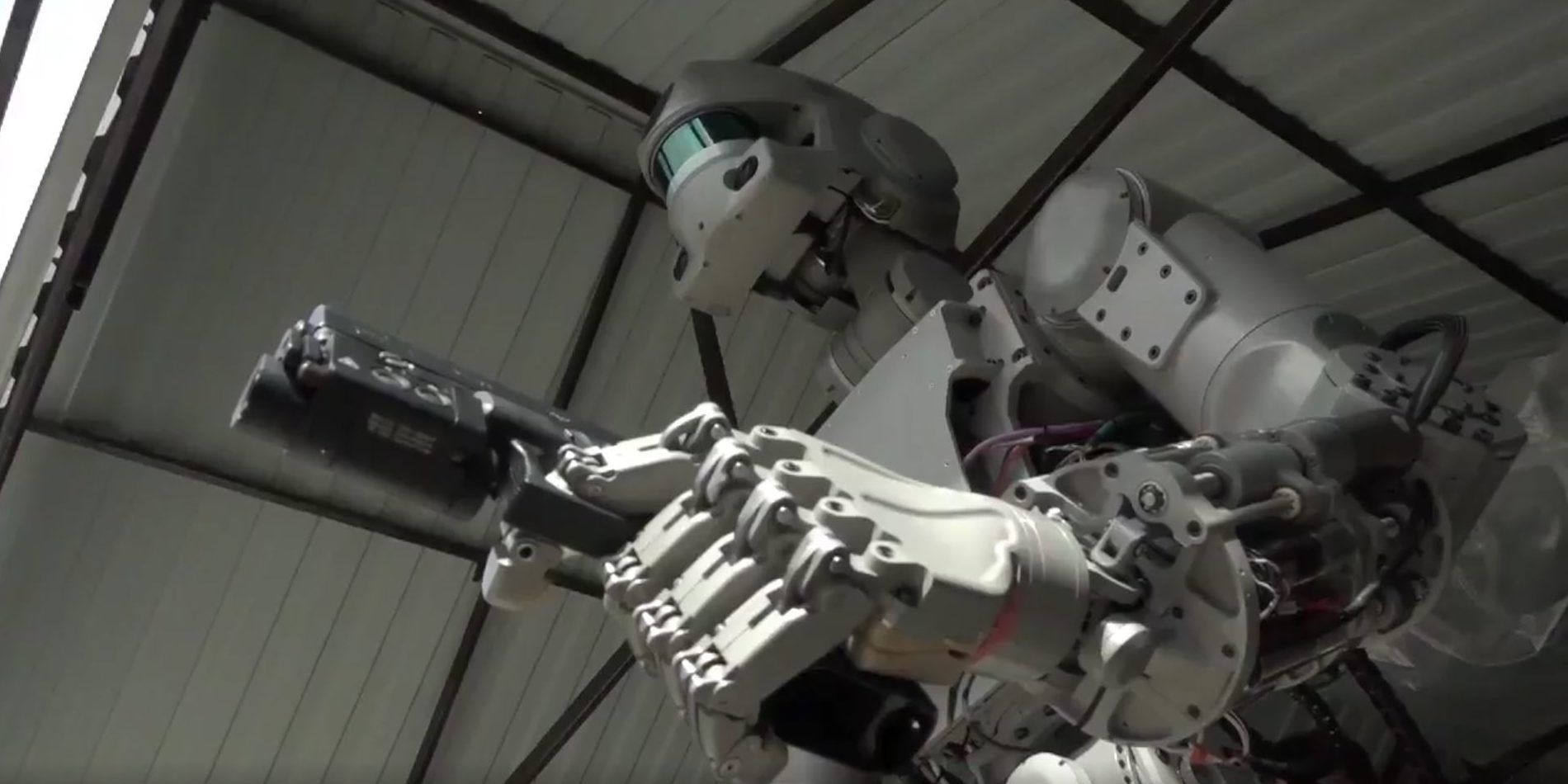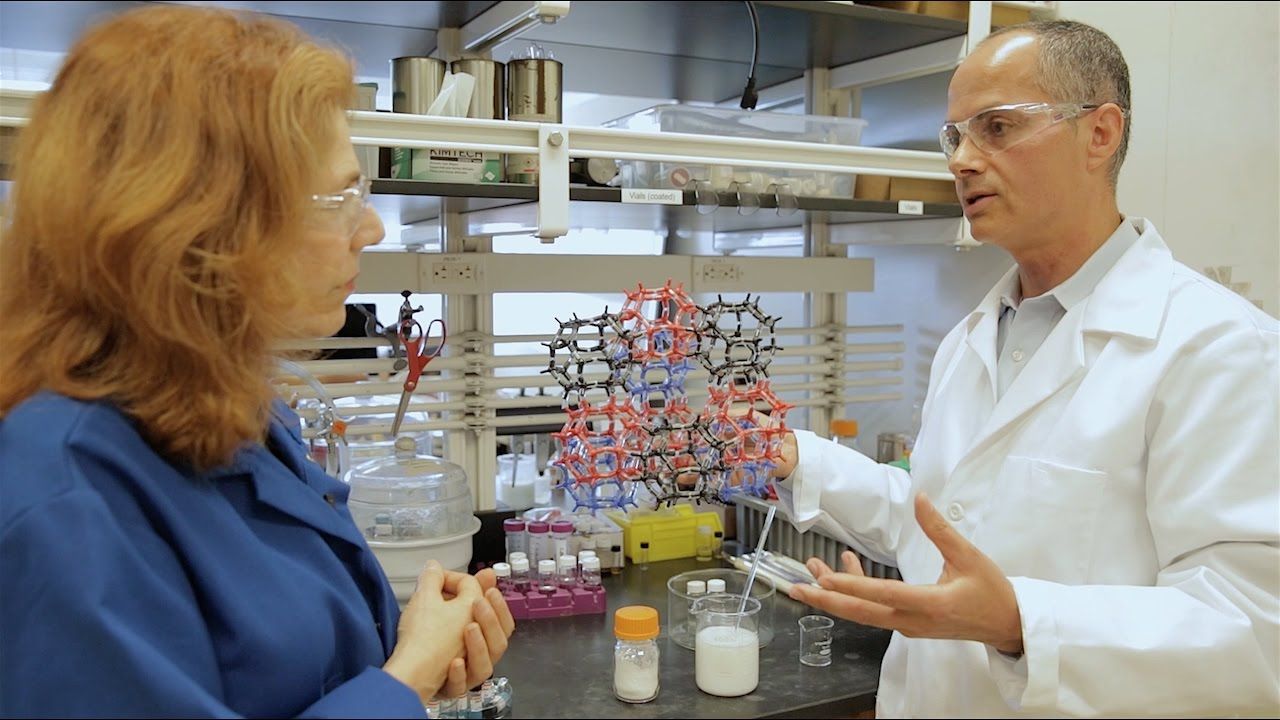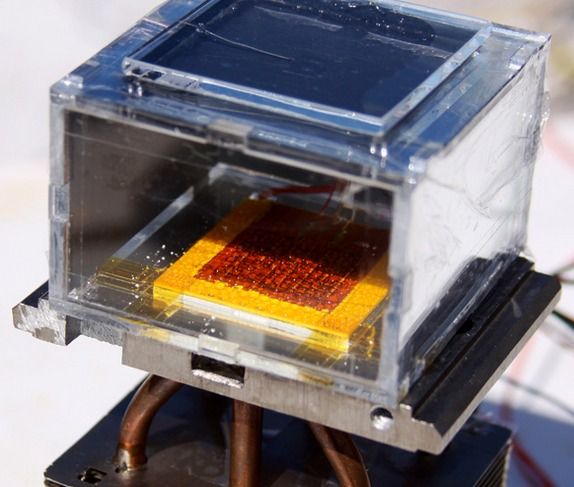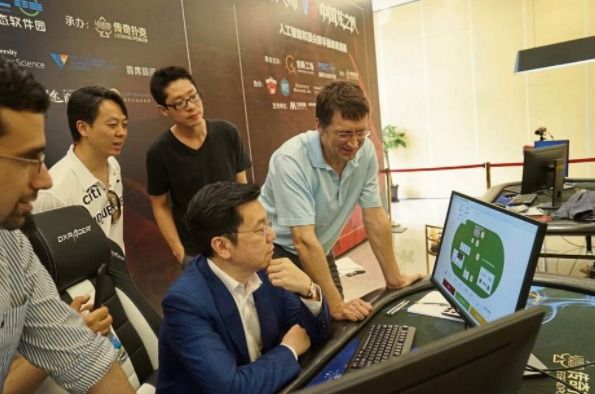Apr 15, 2017
Getting paid to do nothing: why the idea of China’s dibao is catching on
Posted by Derick Lee in categories: economics, employment, robotics/AI
China’s minimum living standard guarantee, named dibao, is receiving fresh interest in the region as countries from Korea to India turn to universal basic income (UBI) to boost their economies and combat the coming automation-induced job crisis.
Asia-Pacific countries are beginning to consider their own form of universal basic income in the face of an automation-induced jobs crisis.
By David Green
Continue reading “Getting paid to do nothing: why the idea of China’s dibao is catching on” »


